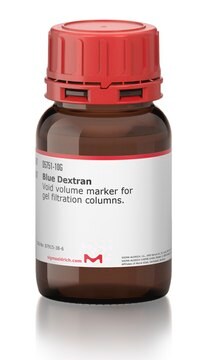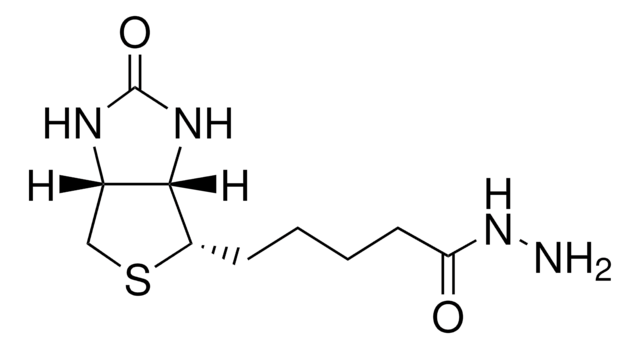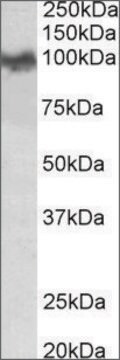A9103
Anti-phospho-APP (pThr668) antibody produced in rabbit
affinity isolated antibody, aqueous glycerol solution, 10 blots
About This Item
Recommended Products
biological source
rabbit
Quality Level
conjugate
unconjugated
antibody form
affinity isolated antibody
antibody product type
primary antibodies
clone
polyclonal
form
aqueous glycerol solution
usage
10 blots
mol wt
antigen 100-140 kDa
species reactivity
human
technique(s)
western blot: 1:1000 using CAD cells transfected with wild type vs. T668A mutant APP.
UniProt accession no.
storage temp.
−20°C
Gene Information
human ... APP(351)
mouse ... App(11820)
rat ... App(54226)
General description
Rabbit Anti-phospho-APP (pThr668) antibody binds to human APP phosphorylated at Thr668. Mouse, rat and frog APP are 100% homologous.
Immunogen
Application
Physical form
Disclaimer
Not finding the right product?
Try our Product Selector Tool.
Storage Class
10 - Combustible liquids
wgk_germany
WGK 3
flash_point_f
Not applicable
flash_point_c
Not applicable
Certificates of Analysis (COA)
Search for Certificates of Analysis (COA) by entering the products Lot/Batch Number. Lot and Batch Numbers can be found on a product’s label following the words ‘Lot’ or ‘Batch’.
Already Own This Product?
Find documentation for the products that you have recently purchased in the Document Library.
Our team of scientists has experience in all areas of research including Life Science, Material Science, Chemical Synthesis, Chromatography, Analytical and many others.
Contact Technical Service







